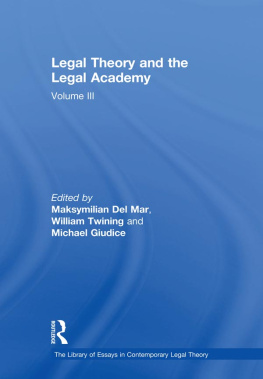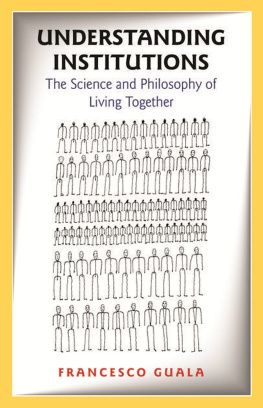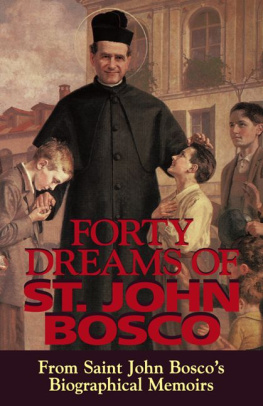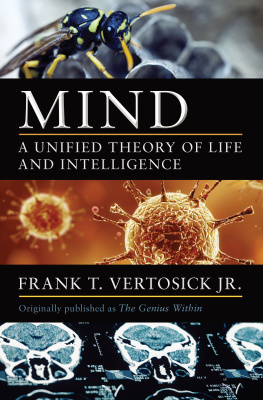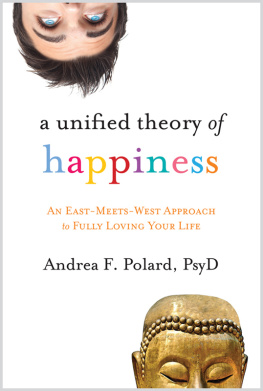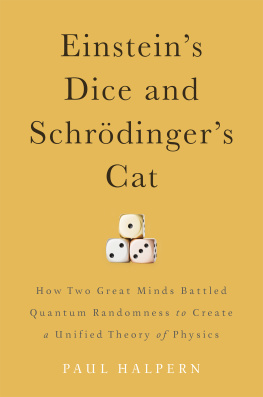A Unified Theory of a Law
By: John Bosco
Online:
This selection and arrangement of content as a collection is copyrighted by John Bosco .
It is licensed under the Creative Commons Attribution License: http://creativecommons.org/licenses/by/3.0/
Collection structure revised: 2011/03/25
For copyright and attribution information for the modules contained in this collection, see the "" section at the end of the collection.
Chapter 1. Opening Statement
An invasion of armies can be resisted, but not an idea whose time has come. (Victor Hugo)
HOW DO YOU UNDERSTAND A LAW?
Everyone can understand a law - to a greater or lesser degree. My question to you is how do you do it? Articulate for me how you understand a law. Legal meaning is dynamic not static. It moves from mind to mind over a definite path. The path can be described as follows:
Do you have a 'system' that imports, processes and exports legal meaning? The emphasis is on the word, 'system'. Or does legal meaning wander into and out of your mind randomly without any rhyme or reason like a drunk on a pub crawl?
THE BLACK BOX
Most have never given the slightest thought to how they import, process and export legal meaning. They cannot articulate how they do it. It seems to happen magically like the sudden appearance of a magician on stage in a puff of smoke. But, let me disabuse you of the notion that magic is at work. Whether you realize it or not, in your head is a "black box" that holds a mechanism that imports, processes and exports legal meaning. The mechanism consists of
a model of a law that mirrors the laws that exist outside our heads in the world and
a toolkit of techniques that, using the model, do the actual importing, processing and exporting of legal meaning.
The model of a law is akin to a noun and the techniques in the toolkit are akin to verbs. How well we import, process, and export legal meaning depends on
the fidelity between the model of a law inside our heads and the laws that exist outside our heads in the world and
on whether the techniques in our tool kits are well-defined or poorly defined.
A high fidelity black box generates a fair and accurate representation of our laws. A low fidelity black box generates only a poor approximation of our laws.
THE FAILURE OF OUR LAW SCHOOLS TO UPGRADE THE BLACK BOXES OF THEIR STUDENTS
Our "black boxes" ought to opened and the mechanism therein inspected, tinkered with and upgraded while students are still in law school. Yet, our law schools do not do this. Their current approach toward upgrading the 'black boxes' of their students is indirect, unscientific and a manifestation of wishful thinking. Judicial opinions, statutes and other laws are thrown at law students in the hope that the load placed on their black boxes will somehow and in someway cause them to magically upgrade themselves. It is a sink or swim method of pedagogy. Students are thrown off the pier into the maelstrom of laws in the hope that exigency teaches the students to swim. A few teach themselves to swim well; most teach themselves to swim poorly; many just sink to the bottom.The effectiveness of the sink-or-swim method of legal pedagogy is doubtful. Why allow even one student to drown in the maelstrom of laws when there is a way to teach all students to become clear legal thinkers? A direct approach is necessary. A student's "black box" needs to be opened, the low fidelity, untutored mechanism within ripped out and replaced with a new, refined, high fidelity model that unfailingly generates legal understanding. Unfortunately, to borrow the motto of my alma mater, I am a lone voice in the desert. The need for a change in legal pedagogy is recognized by few. (I am being generous to myself in using the word, 'few'). The momentum of the sink or swim method of legal pedagogy keeps the minds of law schools closed to an alternative approach to teaching students how to understand a law. It may be uncharitable and harsh but I am haunted by the line from the Katha Upanishad that goes


